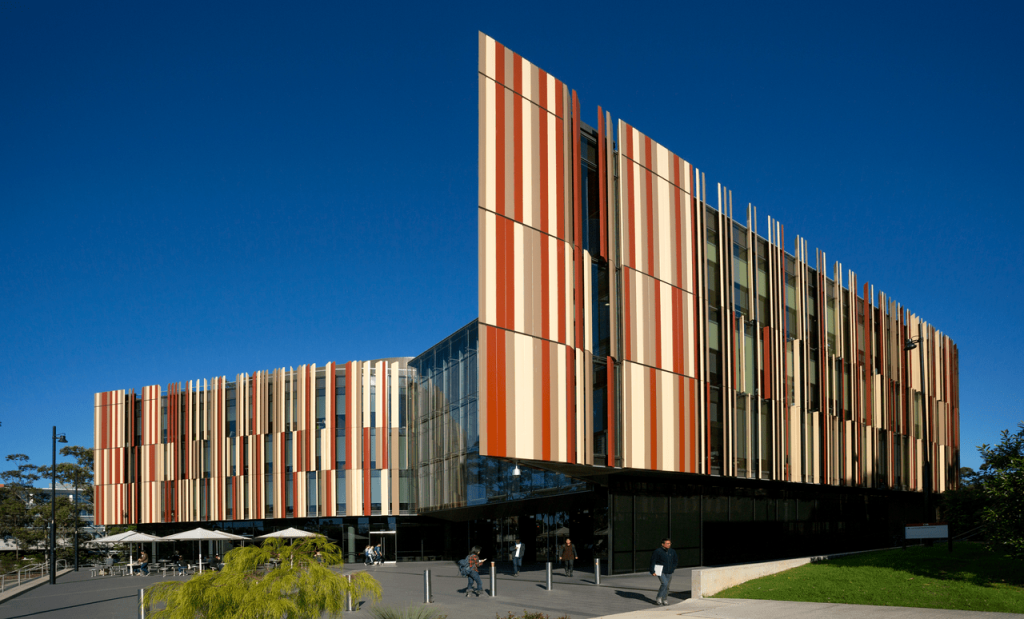
With traditional destinations like the US, UK, and Canada becoming saturated and expensive, a new contender is quietly winning the hearts of Indian study abroad students in 2025: Spain. Indian study abroad students are choosing Spain in 2025 due to several reasons – from globally ranked universities and affordable education to post-study visa options and sun-soaked cities, Spain is becoming a hotspot for those looking to study smarter.
What’s Fueling the Shift Towards Spain?
| Reason | Why It’s Attracting Indian Students |
|---|---|
| Affordable Tuition Fees | Public universities charge as low as €750–€2,500/year for bachelor’s and €1,000–€4,000 for master’s |
| Low Living Costs | Monthly living expenses range between €600–€900 — cheaper than most EU countries |
| English-Taught Programs | 400+ programs in Business, Tech, Arts, and more, taught entirely in English |
| Post-Study Work Visa | 12-month stay-back for job search with possible 2-year extension |
| Mediterranean Lifestyle | Warm weather, diverse culture, and student-friendly cities like Barcelona, Madrid, and Valencia |
| Pathway to PR | Students can transition to work visas and long-term EU residency after graduation |
| Simplified Visa Process | Visa appointments and approvals are more streamlined than other Schengen countries |
Top Courses in Spain for Indian Students (2025)
| Field | Popular Degrees | Institutions Offering |
|---|---|---|
| Business & Management | MBA, MSc in International Business, Digital Marketing | ESADE, IE Business School, EADA, EU Business School |
| Computer Science & Data | MSc Data Science, AI, Cybersecurity | UAB, UPF, University of Valencia, UC3M |
| Hospitality & Tourism | BHM, Master in Tourism Innovation | Les Roches Marbella, EUHT StPOL |
| Arts & Design | Graphic Design, Fashion Design, Creative Media | IED Barcelona, ESD Madrid |
| Health & Biomedical Sciences | Biomedicine, Public Health, Pharmacy | University of Barcelona, University of Navarra |
| Engineering & Architecture | Civil, Mechanical, Urban Planning | Polytechnic University of Catalonia (UPC), University of Seville |
Cost Comparison: Spain vs. Other Study Abroad Destinations
| Country | Avg. Annual Tuition (EUR) | Avg. Living Cost (EUR/month) | Post-Study Stay-Back |
|---|---|---|---|
| Spain | €1,000–€4,000 | €600–€900 | 12–36 months |
| UK | €12,000–€22,000 | €1,000–€1,400 | 24 months |
| USA | €15,000–€35,000 | €1,200–€1,800 | 12–36 months (OPT) |
| Canada | €13,000–€20,000 | €1,000–€1,300 | 18–36 months |
| Germany | Free–€1,500 | €850–€1,100 | 18 months |
Spain offers one of the lowest tuition and living costs in the EU, with growing work opportunities in tourism, tech, and entrepreneurship.
Best Cities in Spain for Indian Students
| City | Known For | Why Students Love It |
|---|---|---|
| Barcelona | Tech, Arts, Business | Cosmopolitan, beach life, great start-up culture |
| Madrid | Finance, Media, Law | Vibrant city life, cultural depth, top-ranked universities |
| Valencia | Biotech, Engineering, Architecture | Affordable living, great weather, student-centered |
| Seville | Humanities, Social Sciences | Cultural immersion, scenic city, lower costs |
| Granada | Language, International Relations | Historic charm, high student density, great for Spanish learners |
You Might Also Like: Scholarship Opportunities in Spain for Indian Students
Visa and Stay-Back Options in Spain for Indian Students
| Visa Type | Purpose | Validity |
|---|---|---|
| Student Visa (Type D) | For degree programs | Valid for course duration + 90 days grace |
| Post-Study Job Search Permit | Apply within 60 days of graduation | 12 months |
| Residence & Work Permit | Convert after getting job offer | Renewable, leads to long-term residency |
Spain also offers a Digital Nomad Visa and Entrepreneur Visas, making it easier to stay long-term.
Is Spain Safe and Student-Friendly?
Absolutely. Spain consistently ranks high on global safety indexes, especially in university towns.
English is widely spoken in major cities, and Indian communities are growing rapidly, especially in Madrid and Barcelona. There are also Indian student associations at most universities.
Work Opportunities for Indian Students in Spain
| Type | Details |
|---|---|
| Part-Time Work | Up to 30 hours/week during study |
| Internships | Many programs include mandatory paid internships |
| Post-Study Work | Graduates can legally stay and find a job for up to 3 years |
| Growing Sectors | Tech, Hospitality, Startups, Digital Marketing, Renewable Energy |
Also, note that proficiency in Spanish is not mandatory for most tech or business roles, but learning the basics helps immensely.
Choose Spain with Confidence with Admitix
At Admitix, we’ve helped Indian students tap into emerging European destinations like Spain with personalized guidance.
From shortlisting English-taught programs and affordable cities to perfecting visa SOPs and connecting you with Indian student groups abroad — we’ve got your entire journey covered.
Study smart, spend less, live well, and join other students choosing Spain in 2025 with Admitix by your side.
FAQs: Why Indian Study Abroad Students Are Choosing Spain in 2025
Is it possible to study in Spain in English?
Yes, 400+ programs are taught fully in English.
Are public universities in Spain cheaper than private ones?
Yes, public universities are significantly more affordable.
Can Indian students work while studying in Spain?
Yes, up to 30 hours/week on a student visa.
Is a post-study work visa available in Spain?
Yes, you can apply for a 12-month job-seeking permit after graduation.
Do I need to learn Spanish?
Not mandatory, but helpful for part-time jobs and daily life.
Is Spain cheaper than Germany or France?
Yes, both tuition and living costs are generally lower.
How long does the student visa process take?
Around 4–6 weeks after document submission.
Do Spanish degrees have global recognition?
Yes, especially from public universities and top business schools.
Is there PR or residency pathway after study?
Yes, work visas can lead to long-term EU residency.
Can I get scholarships to study in Spain?
Yes, many universities and the Spanish government offer them.












